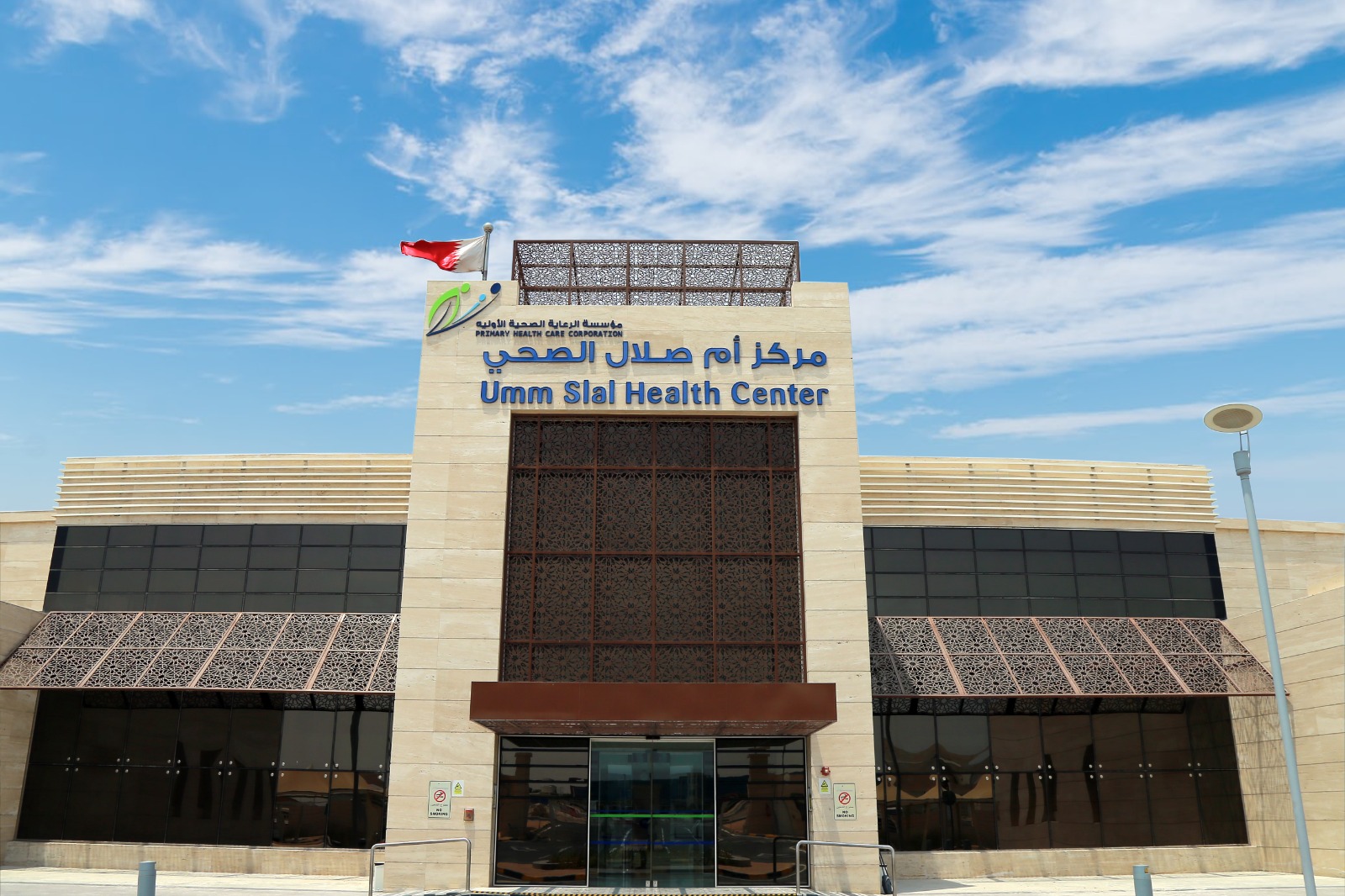PHCC Introduces Cupping Therapy Service In A Pilot Phase

Primary Health Care Corporation (PHCC) has introduced the cupping (Hijama) therapy service as a pilot phase at Umm Slal Health Center to improve patients’ health, speed up recovery process and ensure patients’ safety.
To access this therapeutic service, PHCC has outlined that patients whose condition requires receiving cupping therapy will be able to obtain it through family physician who simply transfers the appropriate cases based on approved standards.
PHCC said such a therapeutic program is implemented by a host of physicians trained in cupping technology after it is allocated based on the needs of each patient separately.
In addition, patients who are included in this program are primarily those diagnosed with chronic headache due to unknown causes, refractory migraine, carpal tunnel syndrome without indication for surgical intervention, muscle imbalance and postural dysfunction, refractory muscle spasms, neck and upper or lower back pain, chronic diseases such as eczema and asthma and skin diseases like acne.
Cupping therapy was launched last February as a pilot phase at Umm Slal Health Center to be eventually expanded in some health centers during the upcoming period, PHCC outlined, pointing out that such a step is intended to achieve its vision in providing a comprehensive and integrated health service by focusing on individuals, in addition to working steadfastly to meet all patients needs based on the highest global standards.
It noted that cupping therapy is an alternative medicine and one form of traditional medicines that has been practiced since ancient times and it is being used in several parts of the world, including China and Middle East to promote health, prevention, and treatment, as well as being a tranquilizer for chronic pain through using wet cupping.
The corporation pointed out that cure through cupping is consistent with Islamic Sharia law and it was mentioned in many Islamic prophetic Hadiths, in addition to other advantages that include improvement of blood flow and reduction of toxics buildup in human body, heading off pain and headache, strengthening the nervous system, and increasing the scope of movement and flexibility.
PHCC indicated that cupping therapy leaves interim traces on skin, along with side effects associated with bruises and skin itching and patients eventually recover and return to normal condition during 7 to 10 days followed by persistent skin color change.
Cupping therapy is a safe procedure, but it is not suitable for all people, PHCC said, explaining that pregnant women and patients with acute hepatitis, tuberculosis, heart disease, arrhythmia, pacemaker implantation, blood clotting diseases such as hereditary hemorrhagic disease, use of anticoagulants, severe anemia, and kidney failure are not allowed to use this kind of therapy.